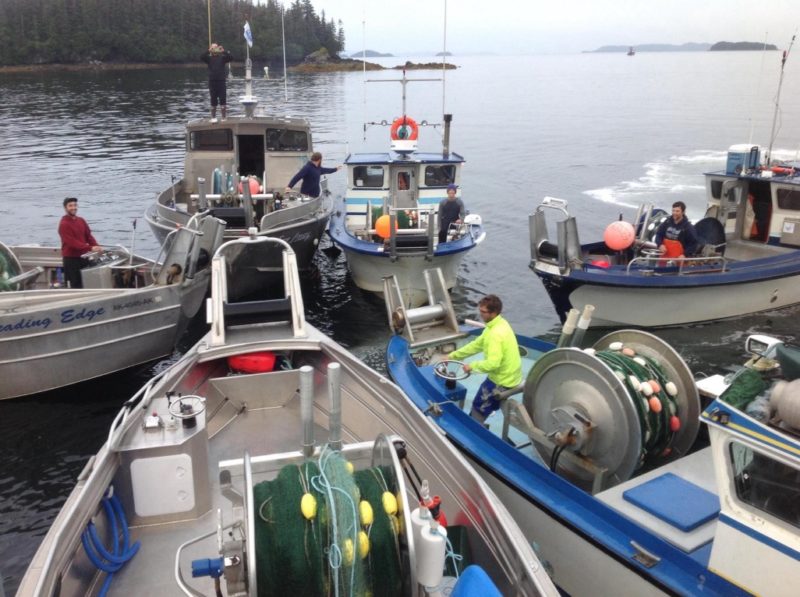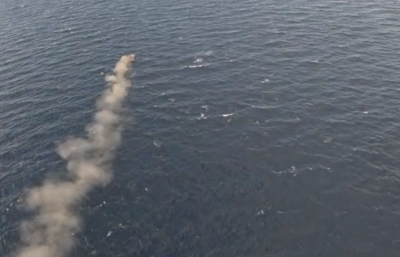As I write this, the Copper River salmon season is slated to begin in six short weeks. Government officials and commercial fishing stakeholders statewide are working tirelessly to ensure Alaska’s seafood industry can safely perform the essential job of harvesting seafood for worldwide consumption amidst a global pandemic. Federal, state and local community health mandates are guiding Alaska’s commercial fleet. We are taking covid-19 seriously, and our plans for the fishing season remain dynamic as we pivot daily in response to the latest information available.
Copper River and Prince William Sound salmon gillnet fishermen are gearing up to harvest the first fresh salmon of the spring and summer seasons from Alaska. This season Alaska Department of Fish and Game biologists forecast the return of 60,000 king salmon to the Copper River, about 20 percent more than the recent 10-year average. The sockeye forecast is below average with 1.42 million sockeye projected. Under normal circumstances, simple rules of supply and demand would suggest higher than average pricing at the start of the season.
However, early indications from fresh market species like Alaska halibut and sablefish have signaled questions about the price of this year’s catch in the absence of key foodservice markets. Even during periods of strong value, finite resources like premium wild Alaska seafood have historically been undervalued. Fishermen don’t set the price of their catch, the market does, and the current market situation is unlike any we have seen in our lifetime.
On Good Friday, March 24,1989, we awoke to the news of a catastrophic environmental disaster that would forever change the landscape of our hometown fishery. We weathered years of cleanup and decades of lawsuits. In the early 2000s, our industry felt the impact of industrial-scale farmed Atlantic salmon. A spike in farmed salmon production and the influx of that salmon into the U.S. marketplace dragged pricing for wild salmon to record lows. Resilience is both innate and learned, and our fleet has developed resiliency that will see us through this public health crisis as well.
It’s this resilience paired with optimism that keeps us fishing season after season. Fishermen are inherently optimistic. We fish just as hard when projections are low as we do when they are high. We have processors in our community that have operated for more than 100 years, amidst war and historic global pandemic. Together, we will continue to harvest, process, and market seafood from our region, so long as it is feasible to do so.
As the effects of covid-19 ripple through food systems around the world, food security is more than ever before recognized as a global issue. Alaska’s fishermen play a key role in bringing nutritious food to America’s dinner tables. Every link in the global food supply chain will be tested and the value of our commercial fishing industry and the seafood we harvest will be recognized as more important than ever.
Americans are echoing what we already know: The seafood industry is essential to the vitality of our food systems, from shore to shore. We are galvanized by that reality, even amongst hardship.
While much uncertainty surrounds upcoming fishing seasons and the large-scale fisheries that feed the world, I’m thankful that our industry is seen as crucial in times of crisis. I’m inspired both by the incredible efforts being made by our industry to protect our fishing communities and by the growing movement to support commercial fishermen throughout the world. This season may look different, but our fleet plans to work together to safely go fishing to bring fresh Copper River and Prince William Sound salmon into the homes of our Alaskan friends and neighbors and fellow Americans alike.







